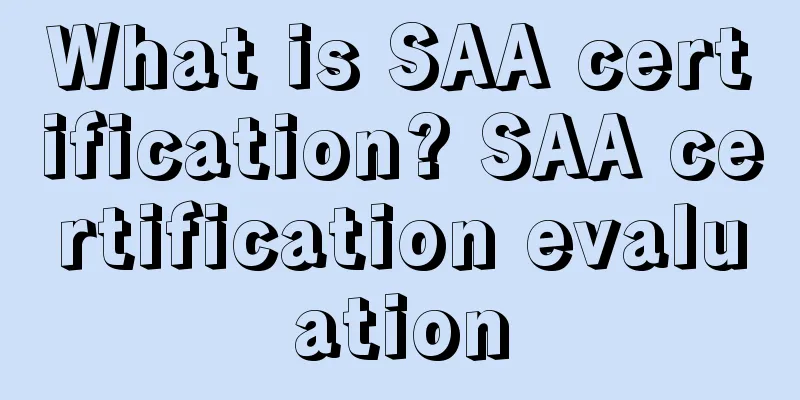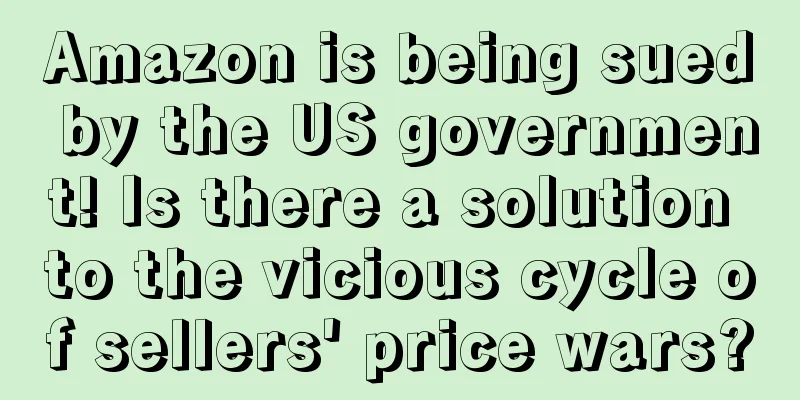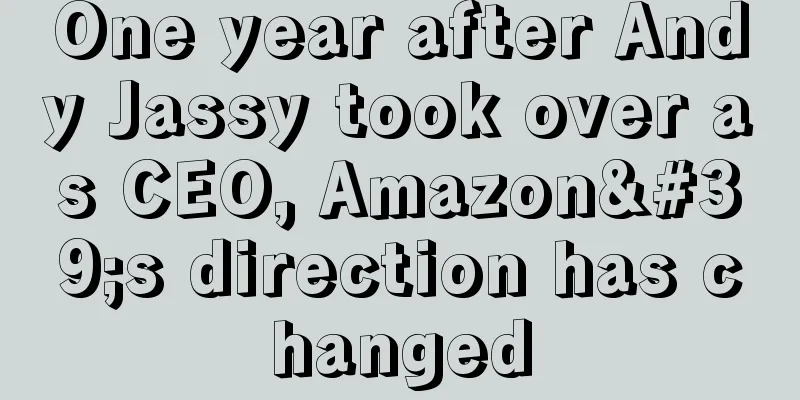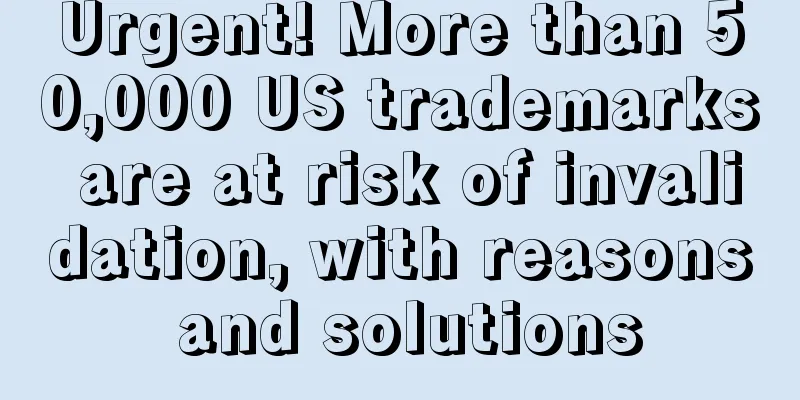What is SAA certification? SAA certification evaluation

|
SAA certification is a certification under the Australian standards body Standards Association of Australian, and is known as Australian certification by many companies. Electrical products entering the Australian market must comply with SAA certification. About SAA Whether it is imported or assembled in Australia, electrical products must first be certified by Australian International Standards before they can be sold in the Australian market. Different electrical products require different product quality certifications. All electrical products must undergo safety certification (SAA). Inspection agencies conduct destructive tests on electrical appliances to check their safety and reliability. For example, they conduct continuous overload tests on electrical appliances at high temperatures to check their safety performance. They conduct water leakage tests on the exterior of washing machines to check for leakage. They conduct abnormal use of electrical sockets to check for safety hazards, etc. Electrical products entering the Australian market must comply with local safety regulations, which is the SAA certification that the industry often faces. Due to the mutual recognition agreement between Australia and New Zealand, all products that have obtained Australian certification can smoothly enter the New Zealand market for sale. There are two main types of SAA marks, one is formal approval and the other is standard mark. Formal certification is only responsible for samples, while standard marks require each factory to review. At present, there are two ways to apply for SAA certification in China. One is through CB test report transfer. If there is no CB test report, you can also apply directly. Scope of certification The scope of certification is mainly divided into quality management system; environmental management system; occupational health and safety management; information security management; the application period for Australian SAA certification for common products is 3-4 weeks. If the product quality does not meet the standards, the period may be extended. If the shipped products are not certified, the products will be detained or confiscated or fined. Applicable Products If the product is not in the above catalogue, for this type of electrical products, if you want to enter the Australian market, you must provide an AS/NZS test report issued by an Australian accredited laboratory, or you can obtain SAA certification. If you cannot provide the report or the agency that issues the report does not have SAA accreditation, you will be punished by Australian regulations. SAA certification process 1. Send product information (working voltage, current, wiring material brand, company information (company name, contact person, telephone number); 2. SAA staff will usually send a written price verification sheet within 1 working day and inform the technical documents and test sample quantity required; 3. Provide technical information and samples as required, and fill in the SAA certification application form and SAA certification contract in accordance with regulations; 4. Product testing and inspection report writing, report approval; 5. The Australian head office issues the SAA certificate; 6. The SAA certificate number is affixed to the product nameplate. Require 1. The new law will be officially implemented on March 1 this year. 2. SAA certification and C-Tick certification will be gradually cancelled and replaced by RCM certification, which covers safety regulations and EMC (C-TIck may still be applicable to some low-power wireless products). 3. All electronic products will be divided into three categories: High, medium, and low risk. We do not have detailed classification information at present. Generally speaking, battery-driven products and products with voltage below 12V are low risk, 240V standard voltage products are medium risk, and high voltage products are high risk. The buffer period for low-risk products is 6 months, and the buffer period for medium- and high-risk products is 3 years (this period is recommended by relevant Australian associations, but the government has not yet finalized the specific law). 4. RCM certification can only be applied for by local Australian companies, and the company must apply for an RCM number from the Australian government. Chinese manufacturers and exporters can apply for IEC or AS/NZS reports in their own name, but the report must be submitted to the Australian importer to apply for RCM. The application registration fee is 75 Australian dollars per product per trademark per year (for example, an Australian company has two trademarks: A and B. It imports exactly the same batch of products from China, half of which are marked with A's trademark and one with B's trademark. That means it must pay a registration fee of 150 Australian dollars per year). 5. According to the expert's opinion, since importers will bear the risk of substandard product quality (responsible party), and non-Australian companies cannot directly apply for RCM certification. It is estimated that more and more Australian companies of a certain scale will change the current practice of Chinese manufacturers bearing the cost of making reports and applying for SAA in order to reduce costs. They will tend to designate laboratories with certain capabilities and reputations to provide insurance reports and test data, and then they will apply for Australian RCM certification. 6. In theory, Australian laboratories can also help a company obtain RCM certification as an applicant. However, according to the expert's opinion, due to the greater legal responsibility, it is estimated that most Australian laboratories will not take the initiative to take this risk. Even if they do, the related costs may be relatively high. punish Electrical products exported to Australia must comply with electrical safety and electromagnetic compatibility standards. Failure to meet the requirements will result in the following actions: detention or confiscation of the product or a fine, generally around US$10,000 for an individual and US$200,000 for a company. |
<<: What is the Bilin Forum? Bilin Forum Review
>>: What is Maixing Browser? Maixing Browser Review
Recommend
Workers at US West Coast ports infected with COVID-19 exacerbate congestion! 27 cross-border e-commerce comprehensive pilot zones approved!
Since the outbreak of the COVID-19 pandemic at the...
Amazon's Q2 profit rose sharply, and sales were proportional to advertising
Apple's performance has been plummeting, Goog...
Target launches early Black Friday promotion to get ahead of the holiday season
It is learned that on October 30, according to for...
What is Lowe's? Lowe's Review
Lowe 's originated from a small town hardware ...
DeepSeek + New Amazon Operation Ideas, How Should Amazon Sellers Use DeepSeek?
Anonymous user My C position As the title says, do...
The US government sued Walmart for violating the privacy of more than 1 million drivers and charged it $10 million in fees
It is learned that recently, the U.S. Consumer Fin...
Amazon is scanning numbers, and sellers in this category have had 300+ SKUs scanned!
Since entering June, sellers’ sales have continued...
What should I pay attention to when buying Amazon ASIN?
Notes on using Amazon ASIN Amazon ASIN is an impor...
The storage excess fee is higher than the sales volume. How should sellers prepare for the peak season?
<span data-shimo-docs="[[20,"上个月,亚马逊宣布为了备战...
25 supply websites for cross-border e-commerce
When doing cross-border e-commerce, where do the ...
700 million yuan in arrears! 3,000 suppliers suffered! This Shenzhen seller was repeatedly visited by debt collectors
I believe everyone knows that in September 2020, t...
Share! The most complete and detailed Amazon professional terms you must know 30+
Normal, once there is data abnormality, such as s...
The future of jewelry e-commerce: How to stand out among independent websites?
Under the wave of the digital age, the jewelry ind...
What is Fan Page List? Fan Page List Review
Fan Page List can help users find the number of fo...
What is Zhengniao Chuhai? Zhengniao Chuhai Review
Zhengniao Chuhai mainly provides cross-border expo...









